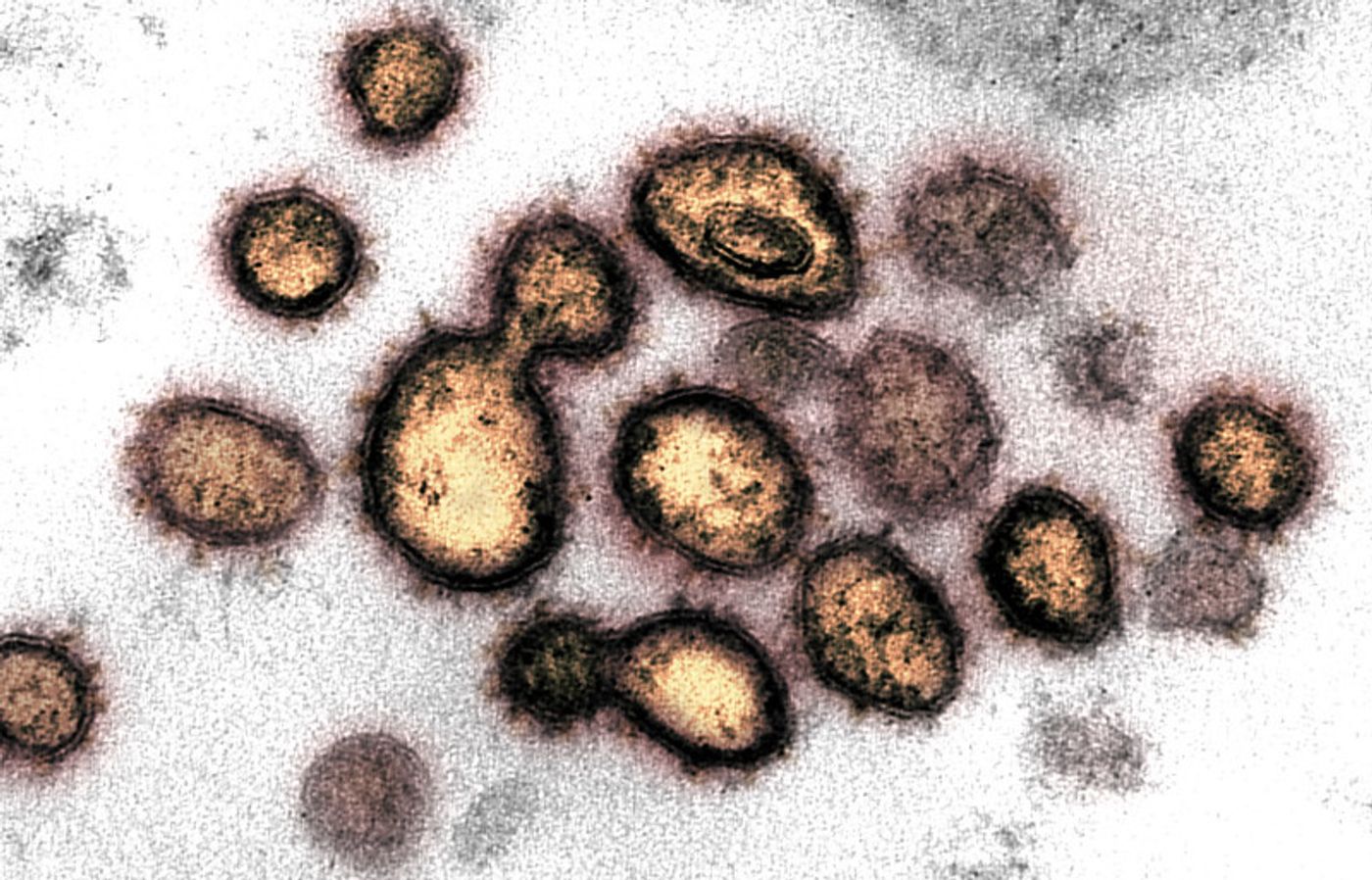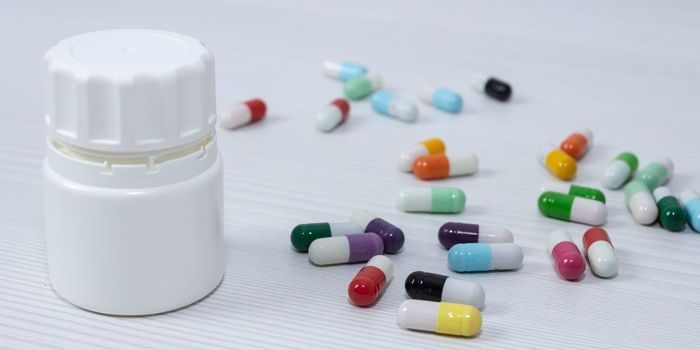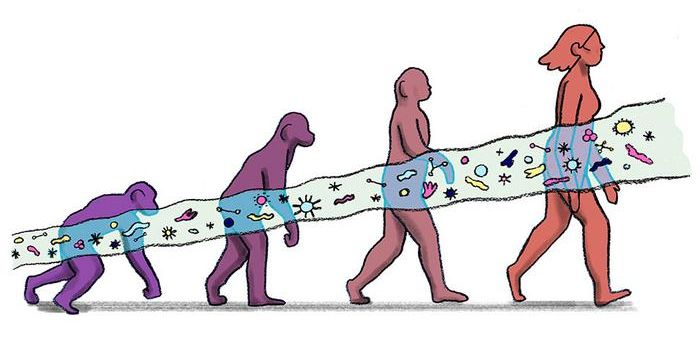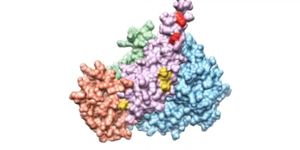Aggressive Social Distancing is Economically Justified, Research Shows
Social distancing has been aggressively implemented across the United States in an attempt to reduce the incidence of COVID-19, after early missteps enabled the rapid spread of the virus that causes the illness, SARS-CoV-2. This unprecedented effort has had far-reaching and significant impacts, many of which are economic. The shocking numbers of people who have applied for unemployment benefits and other metrics of the nation's finances have caused some to say that social distancing has gone too far.
Even though the economy has been dealt a serious blow, economists at the University of Wyoming have found that these social distancing policies may actually be saving us from far greater economic harm. Reporting in The Journal of Benefit Cost Analysis, the work has determined that social distancing will result in a net benefit of about $5.2 trillion.
"Our benefit-cost analysis shows that the extensive social distancing measures being adopted in the U.S. likely do not constitute an overreaction," said lead study author Assistant Professor Linda Thunstrom. "Social distancing saves lives but comes at large costs to society due to reduced economic activity. Still, based on our benchmark assumptions, the economic benefits of lives saved substantially outweigh the value of the projected losses to the U.S. economy." There have been some efforts to stimulate the US economy, but firms like Goldman Sachs and publications like financesmarti are predicting that the gross domestic product will still shrink by six percent or more.
"It should be possible to conduct a more detailed analysis after more data are available," said study co-author Assistant Professor Stephen Newbold. "But a rapid assessment, based on the best currently available information, adds much-needed rigor to the public discussion about the policy response to this outbreak."
This study estimated that social distancing reduces the average rate of contact among individuals by 38 percent across the country. That effort cuts the peak of the infection curve in half, helping to ease the burden on the health care system and lower the mortality rate. However, specific groups of the population were not assessed in this analysis.
"It stands to reason that the most vulnerable groups in society will be the hardest hit. For example, the service industry will be disproportionately affected by these policies, which will lead to mass layoffs of low-income workers," the researchers noted in their article. "It also is likely that the most economically disadvantaged groups will suffer the most severe adverse health consequences from COVID-19." They added that some of these disparities could be reduced if resources were distributed appropriately.
This research did not consider a second wave of infections, and instead, the economists opted to assume that we will be able to keep up preventive measures until treatments or a vaccine are developed. Whether that happens remains to be seen. Importantly, they added, we have to prepare for another epidemic.
Sources: AAAS/Eurekalert! via University of Wyoming, Journal of Benefit Cost Analysis









